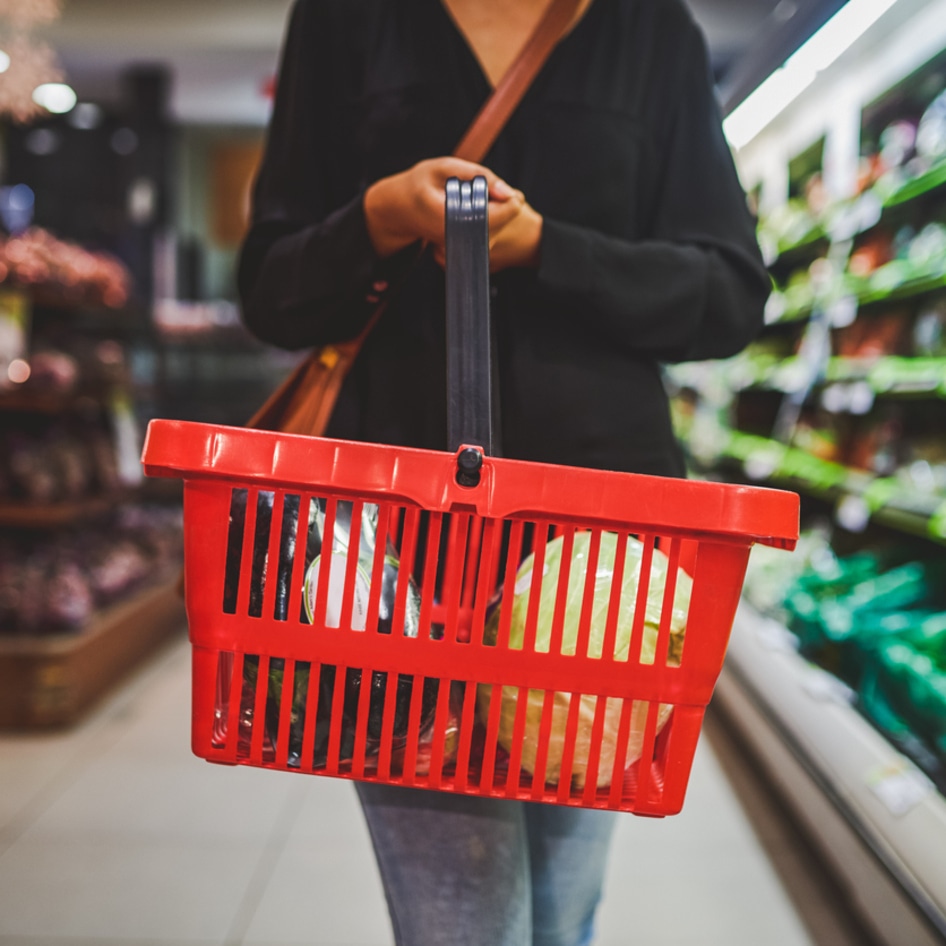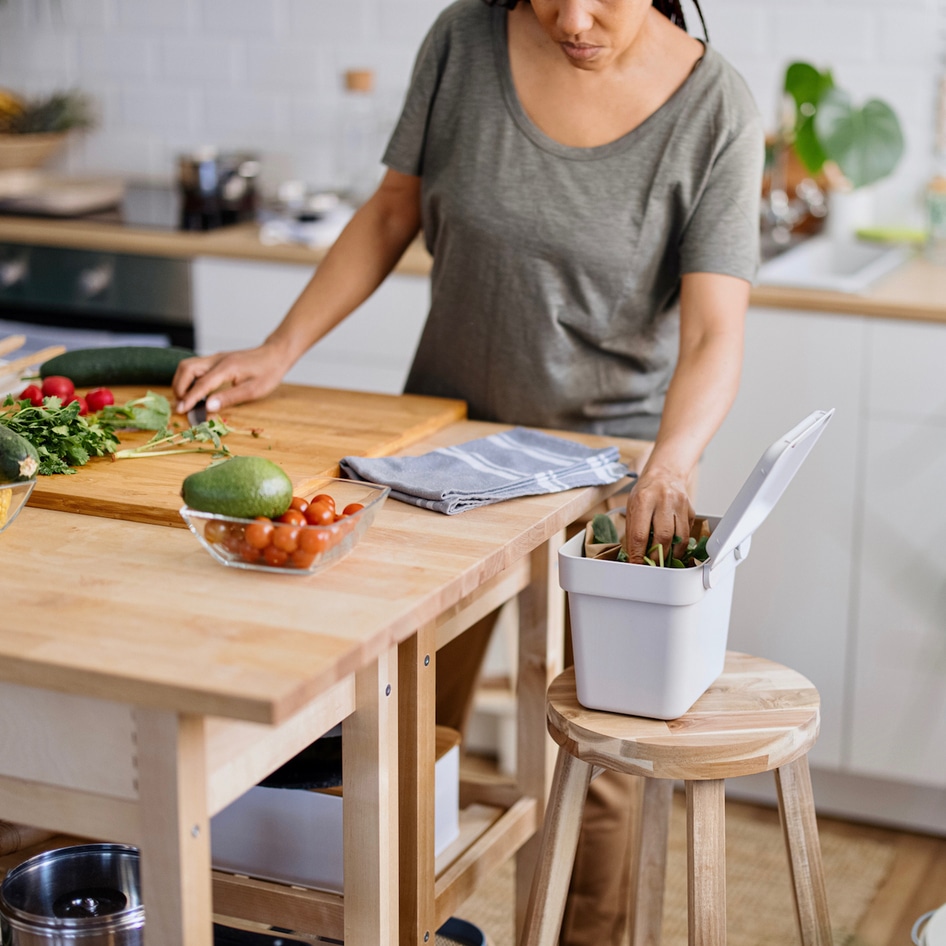Combatting Food Insecurity in the US
The limited availability of produce impacts the ability of many Americans to eat healthy, but organizations across the US are working to remedy this dilemma.
September 20, 2011
Combine the rising costs of just about everything, especially food, with limited access to healthful food and it becomes easy to understand why so many people in the US have poor health. According to a recent report from the Census Bureau, more than 46 million people—nearly one in six Americans—are impoverished. While the Bureau of Labor Statistics reports that, from July 2010 to July 2011, Americans experienced a 3.6 percent increase on the price of all items on average, food costs rose even higher; the cost of food overall rose 4.2 percent, while the price of food at home increased even higher by 5.4 percent. This leaves many American families wondering how to afford next week’s groceries. In fact, nearly 15 percent of households experienced food insecurity, meaning “limited or uncertain ability to acquire acceptable foods in socially acceptable ways,” in 2008, up 3.5 percent from the year before.
Even if people can afford fresh food, new research shows that some may not even have access to it: At least 23.5 million people in the US live in “food deserts,” more than 6,500 places that have a substantial low-income population with low-access to supermarkets. These statistics alone begin to unravel a complex web of problems Americans face when trying to eat healthfully.
While the statistics give a grim outlook, grassroots organizations, government programs, and independent projects have begun developing strategies and implementing programs to help Americans access and consume more fresh fruits and vegetables.
A Growing Solution
While the economy isn’t growing, vegetable gardens surely are, both in backyards and in community plots. From 2008 to 2009, the number of US households with food gardens increased from 36 million to 43 million, with around 21 percent of the gardening households in 2009 claiming to be new to the practice. Food gardens are a solid investment as well—in 2008, the total nationwide expenditure on food gardens was $2.5 billion, while the return value of the investment totaled $21 billion worth of produce. Additionally, gardening has been linked to increased fruit and vegetable intake among older adults.
La Mesa Verde, a gardening group of Sacred Heart Community Service, is one group of dozens working to help families struggling with low income, long-term unemployment, and working poverty. La Mesa Verde provides participating families in San Jose, CA with all of the materials needed to grow organic gardens, such as raised beds, soil, drip irrigation systems, and seeds. Intending to improve health, well-being, and self-sufficiency, the program connects families with gardeners knowledgeable of the crops that grow best in San Jose’s climate. Founder Raul Lozano says, “The issue of self-sufficiency is a big one. If you are not self-sufficient as a person or a family, if you don’t have that self determination or sense of opportunity, then you are at the whim of cycles whether they are economic, social, or political.”
In San Francisco, limited lawn space has turned many produce-deprived residents to neighborhood gardens. In 2004, the city’s Recreation and Park Department determined that 47 percent of households have need for more community gardens. The Park Department currently supports and manages 35 community gardens, some of which are entirely communal, while others provide private lots for individuals. Volunteers at many of these gardens lead classes on how to grow vegetables, giving low-income families greater access to healthy food. Some volunteer gardeners also sell their produce at local markets, increasing availability even further. Community gardens are proven to be a great way to bring fresh food to communities that otherwise might not have it.
Government Steps Up
Recently, the government has stepped up to address the imminent problem. Michelle Obama’s Let’s Move program specifically works to decrease obesity rates in American children, but has also made progress in food deserts. In July, the First Lady teamed up with national grocers like Wal-Mart, Walgreens, and Supervalu, as well as regional chains, to open or expand more than 1,500 new stores neighborhoods with low-income or little access to fresh food. Wal-Mart also pledged to remodel some supermarkets to make more retail space for fresh food. “The commitments that you all are making today have the potential to be a game changer for our kids and for our communities all across this country,” Michelle Obama said to the retailers in a press conference announcing the new plans.
Additionally, the USDA’s Food and Nutrition Service has begun working with farmers’ markets to accept Supplemental Nutrition Assistance Program benefits, known to many as food stamps, from customers. This new partnership has opened more doors, as local groups have funded programs that increase the value of SNAP dollars spent at farmers’ markets. The farmers’ market in Belmont, a suburb of Boston where the number of residents receiving SNAP benefits has more than doubled in the past three years, now doubles every dollar up to $25 each week from those spending their benefits at the market. “There’s a big, big push right now to get fresh food into the mouths of people who might have trouble getting it otherwise,” said Suzanne Johannet, a manager at the market, to The Boston Globe. In 2010, nearly 60 Massachusetts farmers’ markets offered the double dollars program. Massachusetts isn’t the only state with the program; from Alachua County, FL and Lewiston, ME, to Tifton, GA and Adams County, PA, the double dollars programs are springing up at farmers’ markets across the US, depending on where and when funding is available.
Quenching a Desert Drought
Contrary to popular belief, 82 percent of those in food deserts actually reside in urban areas. One nonprofit working to provide urban-dwellers with fresh food is Arcadia. In October, residents of Washington, DC should look out for Arcadia’s new Mobile Market Project, a school bus transformed into a biodiesel-powered farmers’ market on wheels. The bus will sell produce grown at Arcadia’s educational farm at prices that rival or beat average farmers’ market prices. “The whole idea for this bus is to work myself out of a job,” Mobile Market manager Benjamin Bartley told The Huffington Post. “I want to come into these neighborhoods, cultivate the demand where there isn’t access to food, and then hopefully corner stores or grocery stores can take that baton and continue supplying that demand.”
Enter Market Makeovers, an organization working to turn corner stores in food deserts into health-food oases. The group provides both customers and business owners with tools to increase health-food inventory, implement new marketing and promotions, evaluate progress, and more. While the group is based in south Los Angeles, its website archives the tool kits for easy access nationwide.
Another group working to quench the fresh-food drought is Stockbox Grocers. Funded via Kickstarter, Stockbox refurbishes reclaimed shipping containers into mini-stores chock full of farm-fresh produce. The stores will be placed in existing parking lots in food deserts, such as the Delridge neighborhood of Seattle. Most Delridge residents who want healthy food need to travel on public transportation for 45 minutes to the nearest grocery store, but fortunately will begin having access to the very first Stockbox this fall. The program’s founders are hoping to determine the needs of the community, then work to bring Stockboxes to other food deserts across the US.
With the government’s greater recognition of the food accessibility and affordability problem, federal organizations and grassroots groups have banded together to solve this crisis. While these programs are certainly providing residents of their communities increased access to affordable, healthy food, more help is needed for those facing food insecurity.
JUMP TO ... Latest News | Recipes | Guides | Health | Shop







